What are Perennial Weeds?
Perennial Weeds are longer lived plants that can survive winter or regrow from roots, rhizomes or tubers in spring after a period of dormancy. Many weeds that grow from seed ...

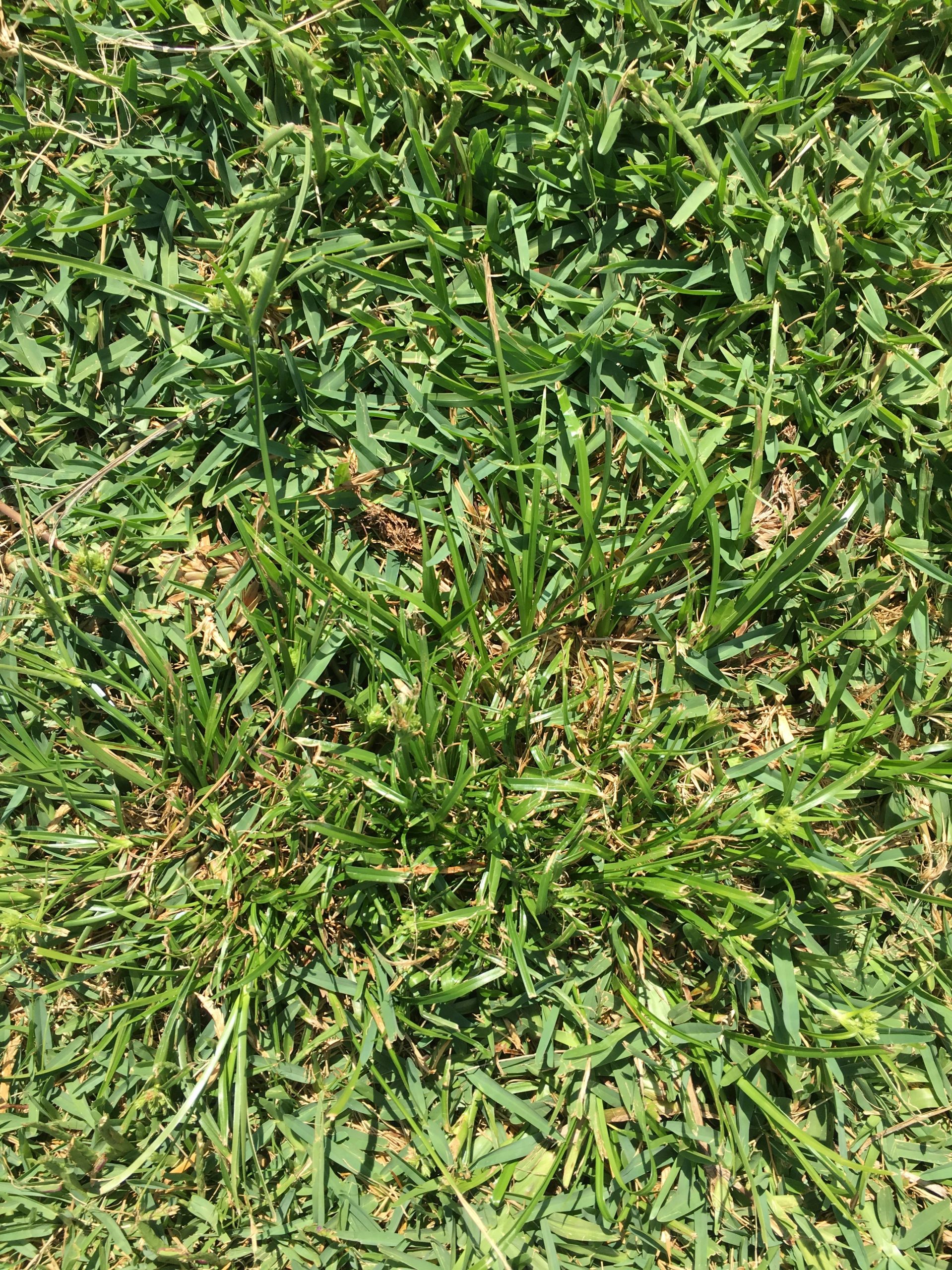
There are hundreds of Sedges found in both tropical and warm temperate environments across the World.
Sedge Weeds can be Annual or Perennial and they grow in shallow still or slow-moving water, as well as poorly drained areas and wet spots in your lawn.
They can spread by seed or rhizomes and are often brought into gardens by water, animals, mowers, or in contaminated soil.
Knowing where to start can be tricky, so we’ve put together a guide to controlling some of the most common Sedge Weeds in Australia.
Read on to learn more about how to identify them, the best methods for killing and preventing Sedge Weeds, and which products we recommend.
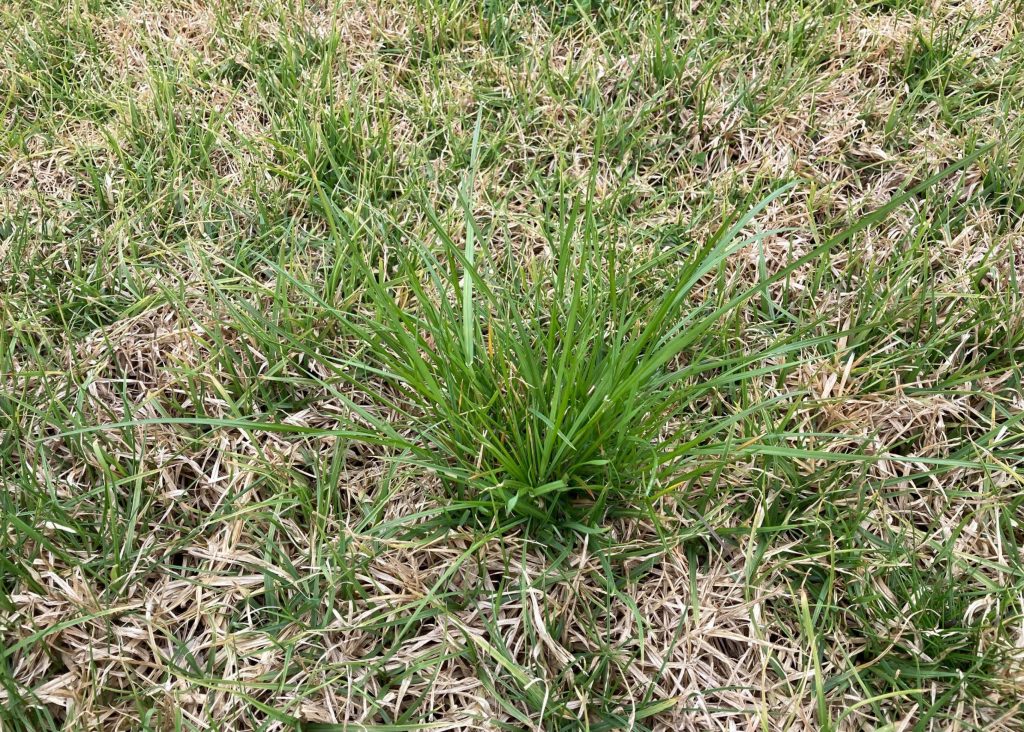 Also known as Sedge Grasses, Sedge Weeds often look like grasses when they’re small, but they soon grow taller than your lawn and that’s when the differences become apparent.
Also known as Sedge Grasses, Sedge Weeds often look like grasses when they’re small, but they soon grow taller than your lawn and that’s when the differences become apparent.
Sedges are distinguishable by their stiff, narrow leaf blades, triangular stems and prolific seed heads.
They can reproduce by seed, from rhizomes, or both.
Common Sedge Weeds to look out for are:
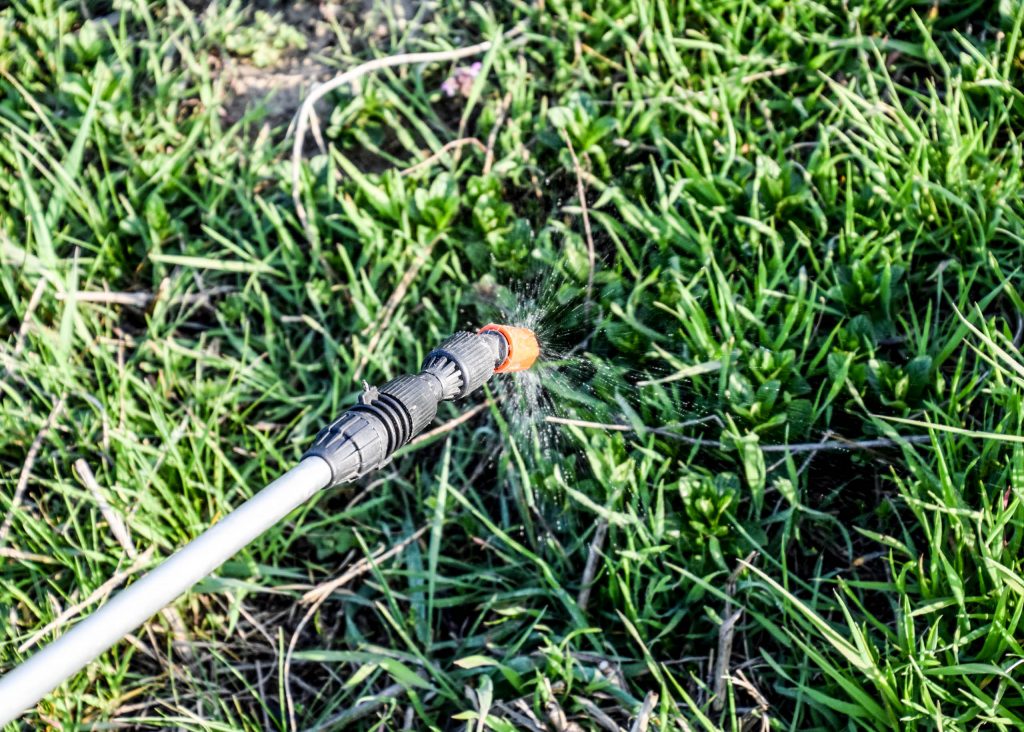 Sedge Weeds can be difficult to eradicate because plants produce a large number of seeds and have an extensive system of underground rhizomes and tubers.
Sedge Weeds can be difficult to eradicate because plants produce a large number of seeds and have an extensive system of underground rhizomes and tubers.
The main control options are mechanical and chemical methods, which are more likely to succeed if undertaken when plants are actively growing, not stressed and haven’t produced seed.
Applied correctly, glyphosate can be effective on Sedge Weed, but as a non-selective herbicide it will poison everything it touches, including the surrounding lawn.
Products containing the active ingredient halosulfuron-methyl can be safely sprayed on many turf varieties to kill Sedge Weed, while others should only be used for spot application. This includes products containing MCPA that are marked on the label as being suitable for Paspalum, Nut Grass and Clover.
Depending on the maturity of the Sedge Weed plants and how large an area is affected, it may be necessary to spray more than once.
Always read and follow the safety directions and instructions on the product label before use.
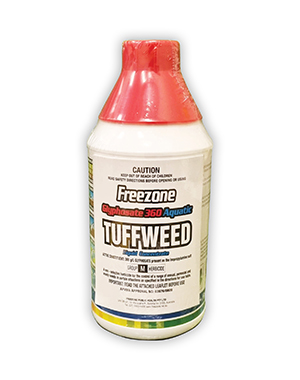
TUFFWEED Liquid Glyphosate 1L super concentrate is a non-selective herbicide for tough weeds, such as Nut Grass. It kills on contact, so apply with a weed wand or paint brush to avoid damaging your lawn.
SHOP NOWAlways read and follow the safety directions and instructions on the product label before use.
The label will indicate the best time and method for applying the herbicide. This is often in late summer, from February to mid-April.
As a general rule, both the weeds and your lawn should be actively growing, not stressed by too much or too little moisture.
The weather should be not too hot, still and with no rain – or irrigation – within a few hours before or after application.
Signs of successful weed control with a selective herbicide containing the active ingredient halosulfuron-methyl start with a gradual yellowing of foliage and seed heads, followed by drying and browning of the plant.
Initial symptoms may take 7-10 days to be noticeable, with full effects occurring 4-6 weeks after treatment.
If there’s new growth after this time, a follow up treatment might be required.
Visible effects from glyphosate application include gradual yellowing and wilting of the plant.
This advances to complete browning above the ground and deterioration of underground plant parts.
These effects take 3-7 days for annual weeds, and 2-3 weeks or longer on perennial weeds, depending on weather conditions after spraying.
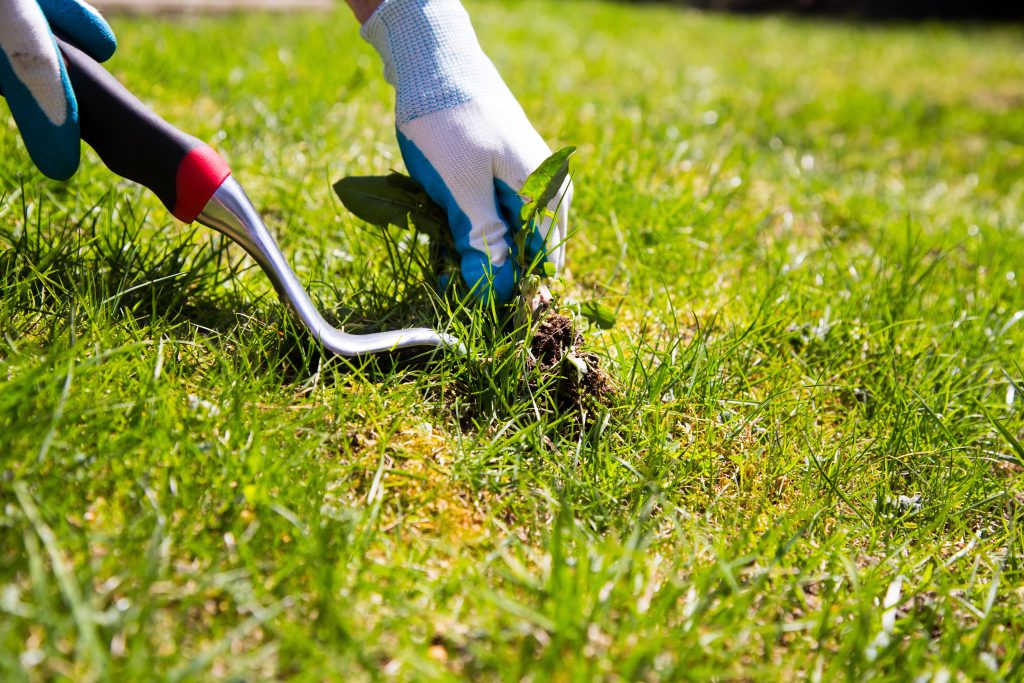 There will be times when manual removal of weeds is the best, cheapest or safest method of control.
There will be times when manual removal of weeds is the best, cheapest or safest method of control.
When weeds are small or there’s only a few of them, it makes more sense to pull them up by hand than going to the trouble of mixing and spraying a batch of herbicide then properly disposing of the leftover mixture.
Other scenarios include new lawns, which are more vulnerable to chemical damage than established lawns, and when weeds are growing in Soft Leaf Buffalo lawns which are more sensitive to herbicides than most other grasses.
Take care not to break Sedge Weeds off at ground level because new plants will shoot up from the underground rhizomes.
The best way to tackle them is to target small plants before they’ve had a chance to develop an extensive rhizome network under the ground.
Soften soil with water and gently loosen it with a garden fork before you carefully follow the roots, taking care to collect any rhizomes or tubers along the way.
If that takes too long, or there are too many plants, use a sharp spade to dig them up when small.
Leave a generous margin around the Sedge Weed and make sure you go deep enough to capture any rhizomes or tubers.
Whatever you do, don’t put Sedge Weeds into the compost heap, because they will go wild.
You can read our complete guide to pulling weeds from your lawn here.